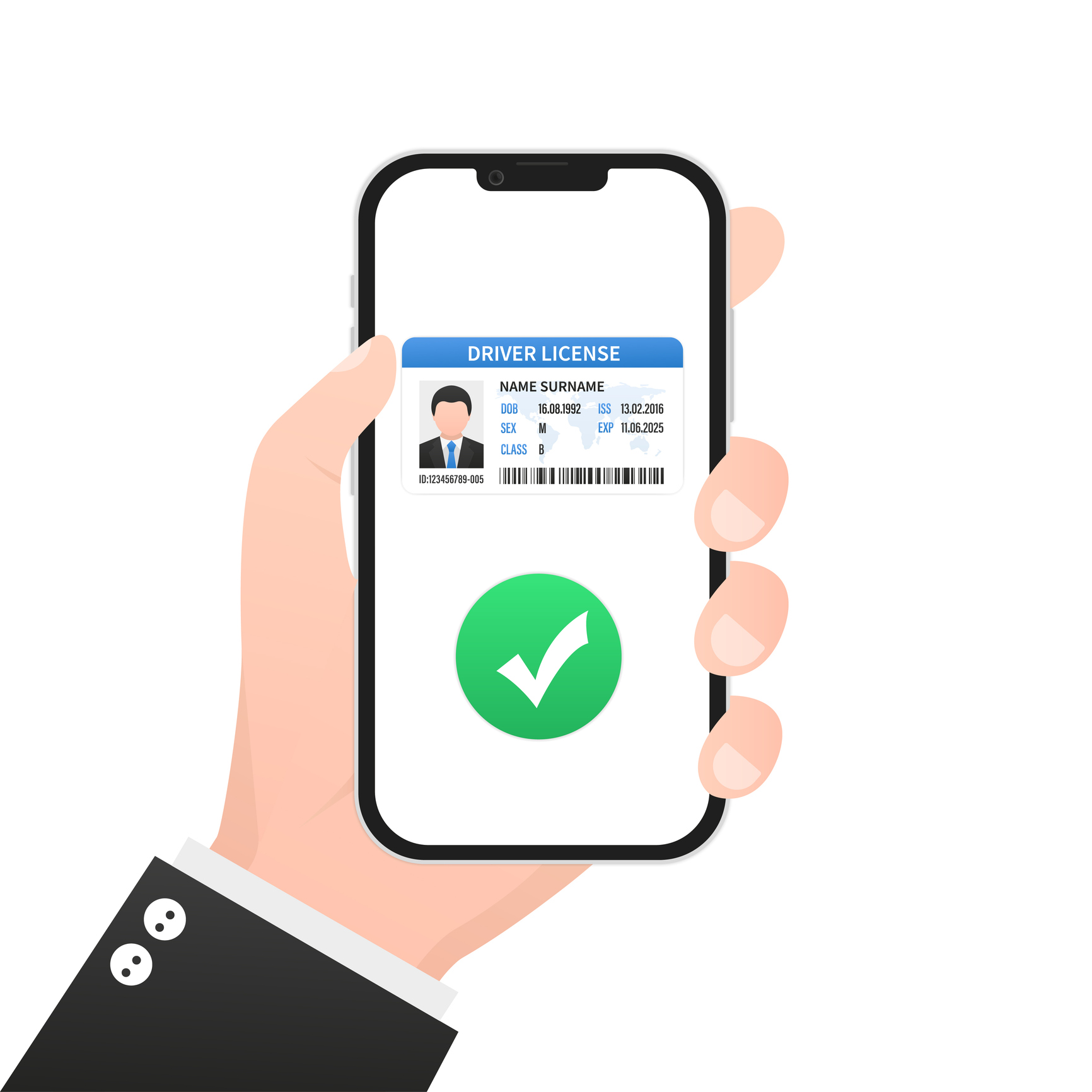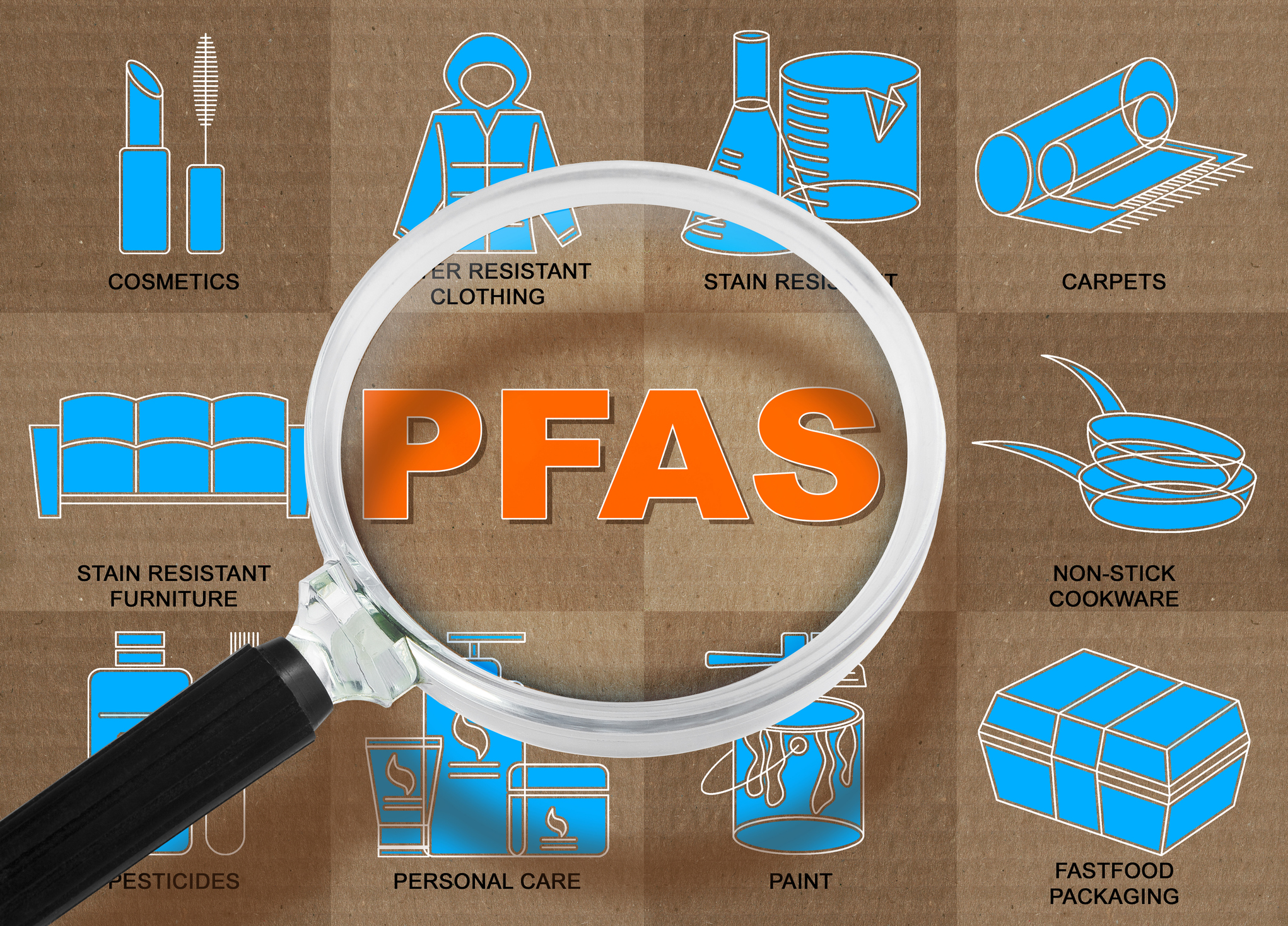
As states reopen and essential workers continue to commute, public transit is adapting in response to COVID-19.
Center for Disease Control (CDC) Guidance
Buses are a common form of public transportation throughout the country. Whether the bus belongs to a state or local run public transit system or part of a cross country transportation network, the CDC has released guidance for how organizations can keep essential bus operators safe. The CDC has established general business guidance and directed people to applicable federal and state regulations and health agency guidelines. The CDC also recommends the following for employers of transit bus operators, in addition to wearing a mask:[1]
- Institute measures to physically separate or force distance greater than 6 feet between bus transit operators and passengers. These may include the use of physical partitions or visual cues (e.g., floor decals, colored tape, or signs to indicate to passengers where they should not sit or stand near the bus operator).
- Take steps to help prevent the spread of COVID-19 if an employee is sick. Actively encourage sick employees to stay home. Sick employees should not return to work until the criteria to discontinue home isolation are met, in consultation with healthcare providers and state and local health departments.
- Provide information on who to contact if employees become sick.
- Implement flexible sick leave and supportive policies and practices. Consider drafting non-punitive emergency sick leave policies if sick leave is not offered to some or all employees.
- Designate someone to be responsible for responding to COVID-19 concerns. Employees should know who this person is and how to contact them.
- Provide employees with correct information about COVID-19, how it spreads, and the risk of exposure.
- Conduct worksite assessments to identify COVID-19 prevention strategies.
- Provide employees training on proper handwashing practices and other routine infection control precautions. This will help prevent the spread of many diseases, including COVID-19.
- Provide employees access to soap, clean running water, and drying materials or alcohol-based hand sanitizers containing at least 60% alcohol at their worksite.
- Provide employees with appropriate gloves when necessary and providing training on effectively use them.
- Provide disposable disinfectant wipes so that surfaces commonly touched by the bus operator can be wiped down. To disinfect, use products that meet EPA’s criteria for use against SARS-CoV-2external icon, diluted household bleach solutions, or alcohol solutions with at least 70% alcohol, and are appropriate for the surface. Provide employees training on manufacturer’s directions for use.
- Provide tissues and no-touch disposal receptacles for use by employees.
- Place posters that encourage staying home when sick, covering coughs and sneezes, and washing hands often at the entrance to the workplace and in other areas where they are likely to be seen.
Despite these guidelines being labeled by the CDC as specifically for bus operators, they are applicable to train operations and other forms of publicly used transportation, as well.
Federal Transit Administration (FTA) Guidance
The FTA has provided significant guidance on the coronavirus. Notably, the FTA states that it is working to make more resources available to local transit authorities to help fund cleaning efforts and other COVID-19 reduction measures.[2] FTA guidance notes that the federal share of transit funding expenditures for preventative maintenance is capped at 80 percent including measures to protect health and safety.[3] In an attempt to clear up other funding confusion, the FTA outlined that personal protective equipment (PPE), such as facemasks, gloves, and hand sanitizer has been treated federally as an operating expense and that large operators are prevented from covering operating expenses with their Federal formula funding, with smaller and rural operators able to use formula funding to only cover half of their operating expenses[4]. However, with governors declaring emergencies, the FTA Emergency Relief Program lets state transit agencies use their urban and rural transit formula funding to pay up to 80 percent of the cost of the activities aimed at containing the coronavirus.[5]
The CARES Act allocated $25 billion to those rural and urban formula funding recipients for transit agencies to use to support the following recommendations released by the FTA.[6]
1. Establish and implement policies and procedures for transit agency employees and passengers regarding the use of face coverings and personal protective equipment to reduce the risk of COVID-19 among employees and passengers.
2. Establish and implement policies and procedures for routine cleaning and disinfection of surfaces frequently touched by employees and passengers, including equipment, digital interfaces such as touchscreens and fingerprint scanners, vehicles, and facilities to reduce the risk of COVID-19 among employees and passengers.
3. Establish and implement measures to create a physical separation of greater than 6 feet between transit facility employees, transit operators, and passengers.
4. Establish and implement policies and procedures that reinforce healthy hygiene practices, including policies to provide enough opportunities for employees to practice healthy hygiene and to ensure transit vehicles and facilities are appropriately cleaned.
5. Revise policies, procedures, and measures developed and implemented pursuant to this Safety Advisory as new or revised CDC and OSHA guidance becomes available.
American Public Transportation Association (APTA) Guidance
APTA has provided significant guidance for their members on their website and continue to provide more detailed and updated guidance through released reports and live webinars. Like the CDC, APTA emphasizes in their guidance the importance of sanitation and PPE like gloves and face coverings, even for riders. APTA and Johns Hopkins University recommends that HVAC systems be on and running at the highest setting if using fresh air, with the filters being changed frequently. Additionally, the same report recommends that drivers change clothes and shower before going home, to prevent the spread to their family and others.[7]
In the policy brief, Summary: A Guide for Public Transportation Pandemic Planning and Response, APTA outlines specific challenges for transportation workplace managers to keep in mind during the pandemic, along with specific measures to prevent the spread of disease in different settings unique to the transportation workplace, such as ticket counters. As transportation agencies and service require sustained public communications, APTA released guidance for both internal and external crisis communication, such as avoiding technical jargon, jokes, or judgmental phrases which can turn readers off to the message or be misconstrued.[8]
How Three US Cities Changed Transportation During COVID-19
The Central Ohio Transit Authority evaluated their ridership during the pandemic and changed their service to meet their lower ridership on routes. The surplus vehicles are being used to service critical destinations, outlined in their new app, like hospitals and food sources.[9]
California’s Los Angeles County Metropolitan Transportation Authority has expanded its three zones of service to include medical centers, grocery stores, and pharmacies to respond to resident’s needs during the pandemic.[10] Additionally, LA Metro has also moved to provide riders with more safe mobility options that accommodate social distancing measures.
Ben Franklin Transit of Washington State partnered with an app to provide an on-demand transit service to support essential travel needs during COVID.[11] The service would normally provide transportation to major bus stops and transit centers, but under the new pandemic program will provide community-based transportation to locations deemed essential such as pharmacies, grocery stories, and health care centers.[12]
[1] https://www.cdc.gov/coronavirus/2019-ncov/community/organizations/bus-transit-operator.html
[2] https://www.transportation.gov/briefing-room/connections/making-public-transit-safer-during-covid-19-outbreak
[3] https://www.transportation.gov/briefing-room/connections/making-public-transit-safer-during-covid-19-outbreak
[4] https://www.transportation.gov/briefing-room/connections/making-public-transit-safer-during-covid-19-outbreak
[5] https://www.transportation.gov/briefing-room/connections/making-public-transit-safer-during-covid-19-outbreak
[6] https://www.transit.dot.gov/sites/fta.dot.gov/files/2020-04/FTA-Safety-Advisory-20-01-COVID-19_0.pdf
[7] https://www.apta.com/wp-content/uploads/COVID-19_Transit_Guide_FINAL_04132020.pdf
[8] https://www.apta.com/wp-content/uploads/APTA-Coronavirus-Brief-03-05-20.pdf
[9] https://www.masstransitmag.com/alt-mobility/shared-mobility/article/21135013/via-transportation-10-cities-that-have-redefined-public-transportation-during-covid19
[10] https://www.masstransitmag.com/alt-mobility/shared-mobility/article/21135013/via-transportation-10-cities-that-have-redefined-public-transportation-during-covid19
[11] https://www.masstransitmag.com/alt-mobility/shared-mobility/press-release/21134918/via-transportation-ben-franklin-transit-and-via-launch-new-ondemand-service-in-west-pasco
[12] https://www.masstransitmag.com/alt-mobility/shared-mobility/article/21135013/via-transportation-10-cities-that-have-redefined-public-transportation-during-covid19
Latest News
Photo credit: iStock.com/StudioGraphic As technology continues to evolve, digital driver's licenses (also known as mobile IDs) are gaining traction across the United States. States are increasingly exploring legislative measures to modernize driver identification systems, enabling [...]
Photo credit: iStock.com/Motortion In 2022, the U.S. Supreme Court decision in Dobbs v. Jackson Women's Health Organization overruled a federal constitutional guarantee of freedom to abortion. Since then, legislation concerning reproductive healthcare—including access to [...]
Photo credit: iStock.com/Francesco Scatena Recent trends across the country have seen several states introducing bills to ban certain chemicals, particularly perfluoroalkyl and polyfluoroalkyl substances (PFAS), in consumer products. According to the EPA, PFAS are persistent [...]
Photo credit: iStock.com/naturalbox The debate over raw milk legislation has intensified in 2024, with several states introducing or passing bills that address the sale and distribution of unpasteurized dairy products. Raw milk has not undergone [...]






Stay In Touch